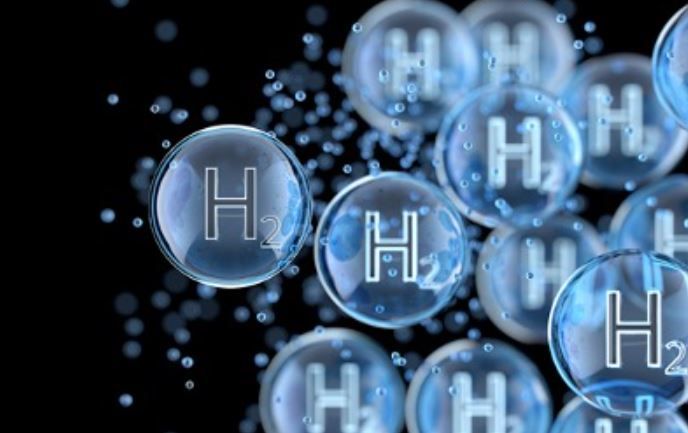Mitsubishi Heavy Industries (MHI) and Chevron have recently launched their joint venture, ACES Delta, which is being hailed as a groundbreaking project in the realm of green hydrogen production.
With commercial operations expected to begin by mid-2025, this project aims to produce 100 tonnes of green hydrogen daily, positioning the United States as a potential leader in the hydrogen economy.
The ACES Delta project is set in Utah, a location chosen for its abundant renewable resources, which will power the production of green hydrogen through electrolysis. The project plans to utilize surplus solar and wind energy, converting it into hydrogen, which can then be stored for later use. While this approach aims to address the intermittency of renewable energy sources, it’s important to critically assess whether this level of hydrogen production is sufficient to make a significant impact on the nation’s energy needs. Producing 100 tonnes per day, while notable, may only scratch the surface of what is needed to achieve a meaningful transition to a hydrogen-powered economy.
A key feature of the ACES Delta project is the use of salt dome caverns for hydrogen storage, touted as a revolutionary solution for large-scale energy storage. These underground formations have historically been used for storing natural gas, and their adaptation for hydrogen is being presented as a game-changer. However, the scale of this storage—300 gigawatt-hours—needs to be evaluated against the actual energy demands it can meet. While the storage capacity is impressive, it is worth questioning whether this approach will be scalable or cost-effective enough to become a widespread solution.
The Intermountain Power Project (IPP), which is closely linked to the ACES Delta initiative, is transitioning from coal to a blend of natural gas and hydrogen. The eventual goal is to operate entirely on hydrogen by 2045. This timeline reflects the broader energy industry’s gradual shift toward decarbonization, but it also highlights the challenges inherent in such transitions. The reliance on a 70% natural gas blend in the initial phases raises concerns about the speed and effectiveness of this shift. Is the hydrogen component substantial enough to drive real change, or is it more of a symbolic gesture?
Mitsubishi Heavy Industries has positioned itself as a key player in this project, providing advanced gas turbines capable of operating on a hydrogen-natural gas blend. While this technological contribution is significant, it’s important to critically examine MHI’s broader strategy. The company’s involvement in ACES Delta may be seen as a step toward expanding its hydrogen business, but it also aligns with its existing business model of providing power generation solutions. The question remains: Is MHI truly driving innovation, or is it simply adapting existing technologies to meet the demands of a new market?
The Biden administration’s $500 million loan guarantee for the ACES Delta project underscores the U.S. government’s commitment to green hydrogen as a cornerstone of its clean energy strategy. However, this level of financial backing also raises questions about the risks involved. Green hydrogen, while promising, is still an emerging technology with uncertain economics. The success of ACES Delta will hinge on its ability to deliver on its promises without becoming overly reliant on government support. This financial commitment may be a strategic investment in the future of energy, but it also represents a significant gamble on the part of the U.S. government.





